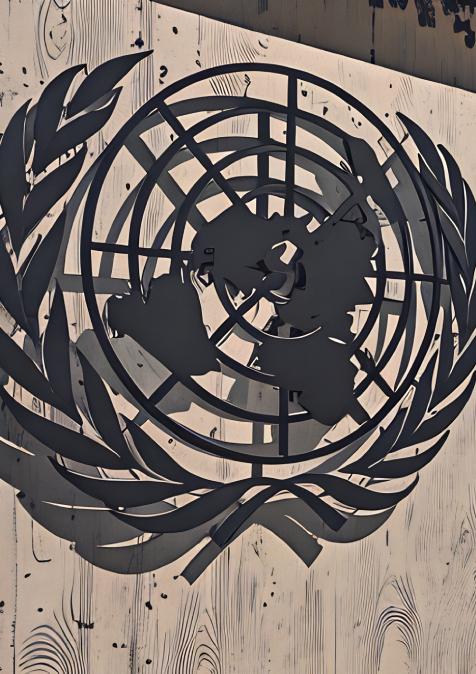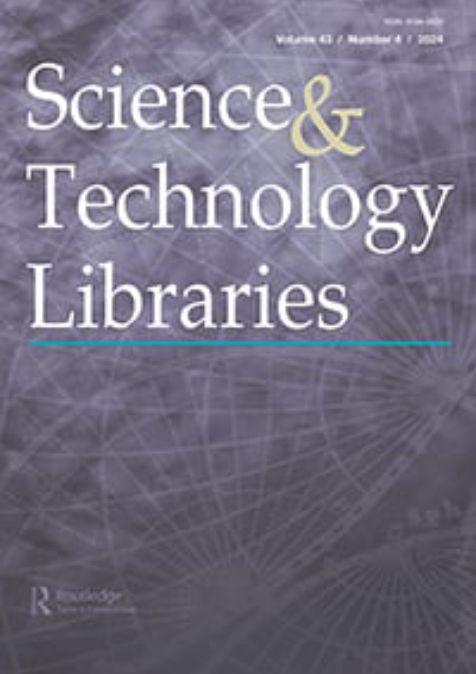

This special issue on Gender and Society provides a comprehensive exploration of evolving gender dynamics, offering a variety of resources, including podcasts, policy papers, and key books, that collectively shed light on the contemporary challenges and implications of gender in society. Focusing on Morocco's ongoing commitment to gender equality, the issue examines the significant strides made through reforms such as the Family Code (Moudawana), which notably enhanced women's rights. Nearly two decades after this pivotal reform, a forthcoming legislative change aims to further strengthen these gains. However, despite such progress, persistent challenges highlight the necessity for continued critical engagement with gender dynamics, fostering a deeper understanding of the ways in which gendered structures and policies can be reformed to build a more inclusive and equitable society. The issue offers divers insights and analyses that contribute to this broader conversation on gender transformation.




